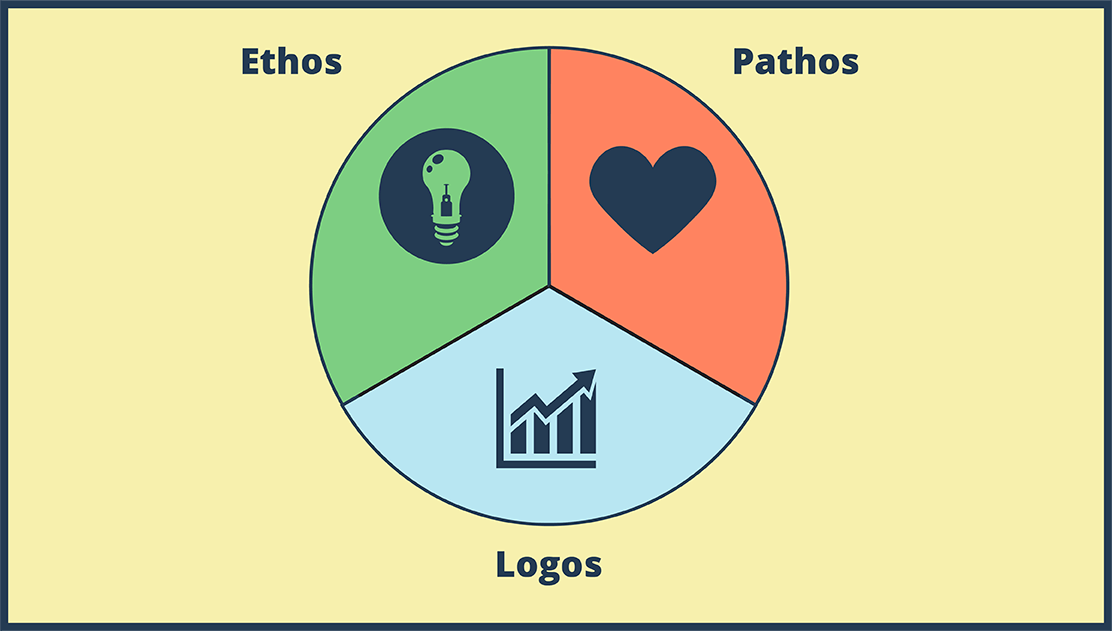Allegory Examples

Jūs galite rasti šią storyboard toliau išvardytuose straipsniuose ir išteklių:

Alegorijos Apibrėžimas ir Pavyzdžiai
Rebecca Ray Pamokos Planai
Studijuodami alegorinius tekstus, svarbu, kad studentai suprastų šią sąvoką kaip skaitymo pagrindą. Kadangi alegorijos tikslas yra perteikti gilesnę, simbolinę prasmę, studentai turi gebėti apibrėžti terminą ir pastebėti literatūros kūrinių nuorodas.
'
Peržiūrėkite keletą kitų mūsų edukacinių straipsnių!
Siužetinės Linijos Aprašymas
What is Allegory? Discuss famous examples of allegory with graphic organizers
Siužetinės Linijos Tekstas
- THE CRUCIBLE
- TEXT REFERENCE
- ALLEGORICAL REFERENCE
- In "The Crucible", anyone who was brought to trial was expected to plead guilty and give the names of other witches. If they did, they were allowed to live. This led to an increasing number of false accusations.
- During the 1950s McCarthy Hearings, the accused were assumed guilty, accused in public, and expected to give the names of other Communists in America. Failure to do so led to ruined careers, fines, and even imprisonment.
- The Proletarians have nothing to lose but their chains.
- ANIMAL FARM
- Each character in the novel represents an aspect of communism. Old Major, a pig (allegorically Marx), has a 'dream' and calls a conference with the other animals (the working class) to discuss it. He calls for a rebellion, but dies before it happens.
- Karl Marx was the founder of communism. Like Old Major, he called for the people of Russia to unite in a rebellion to change history. In his "Communist Manifesto," he urged the working class to break the chains of their oppression in a communist revolution.
- THE LION, THE WITCH, AND THE WARDROBE
- Aslan sacrifices himself, dies, and rises from the dead.
- This is a symbolic reference to Christ's crucifixion and resurrection.
Sukurta daugiau nei 30 milijonų siužetinių lentelių




